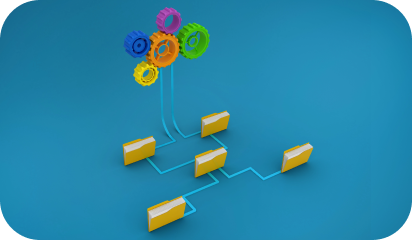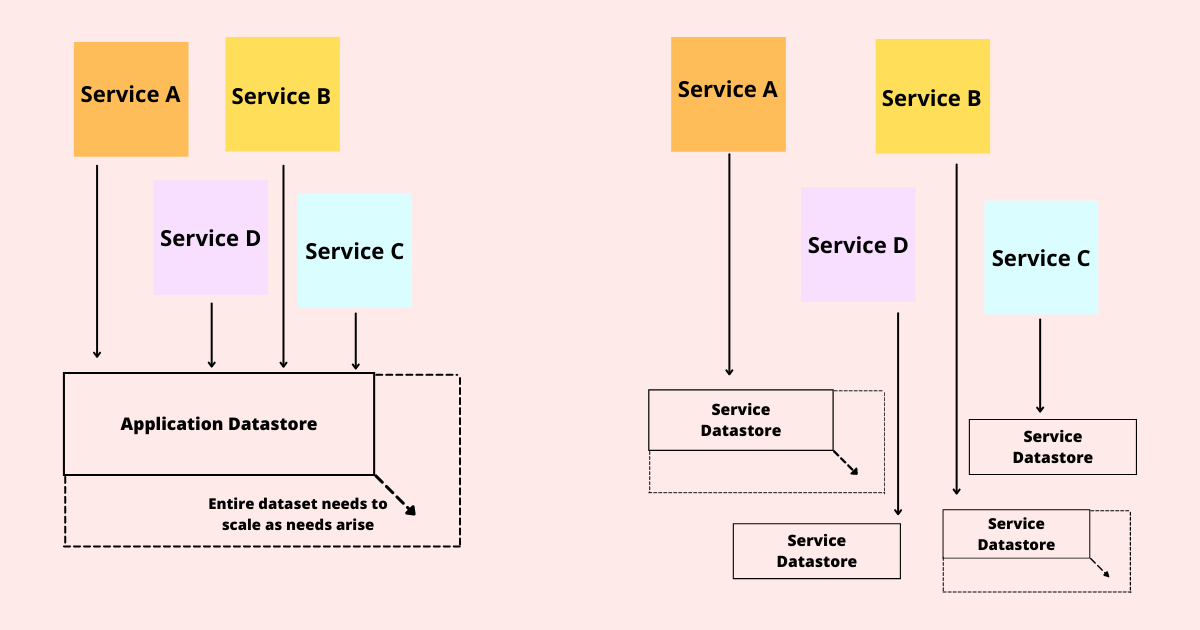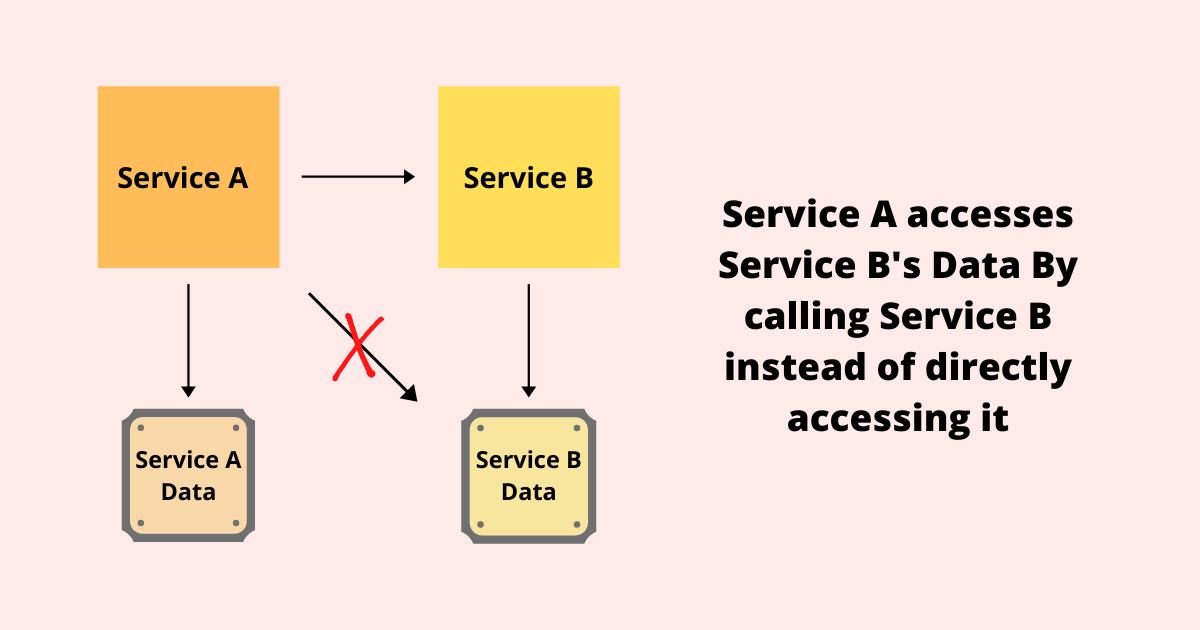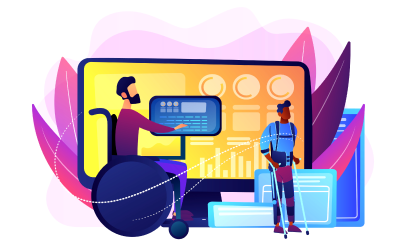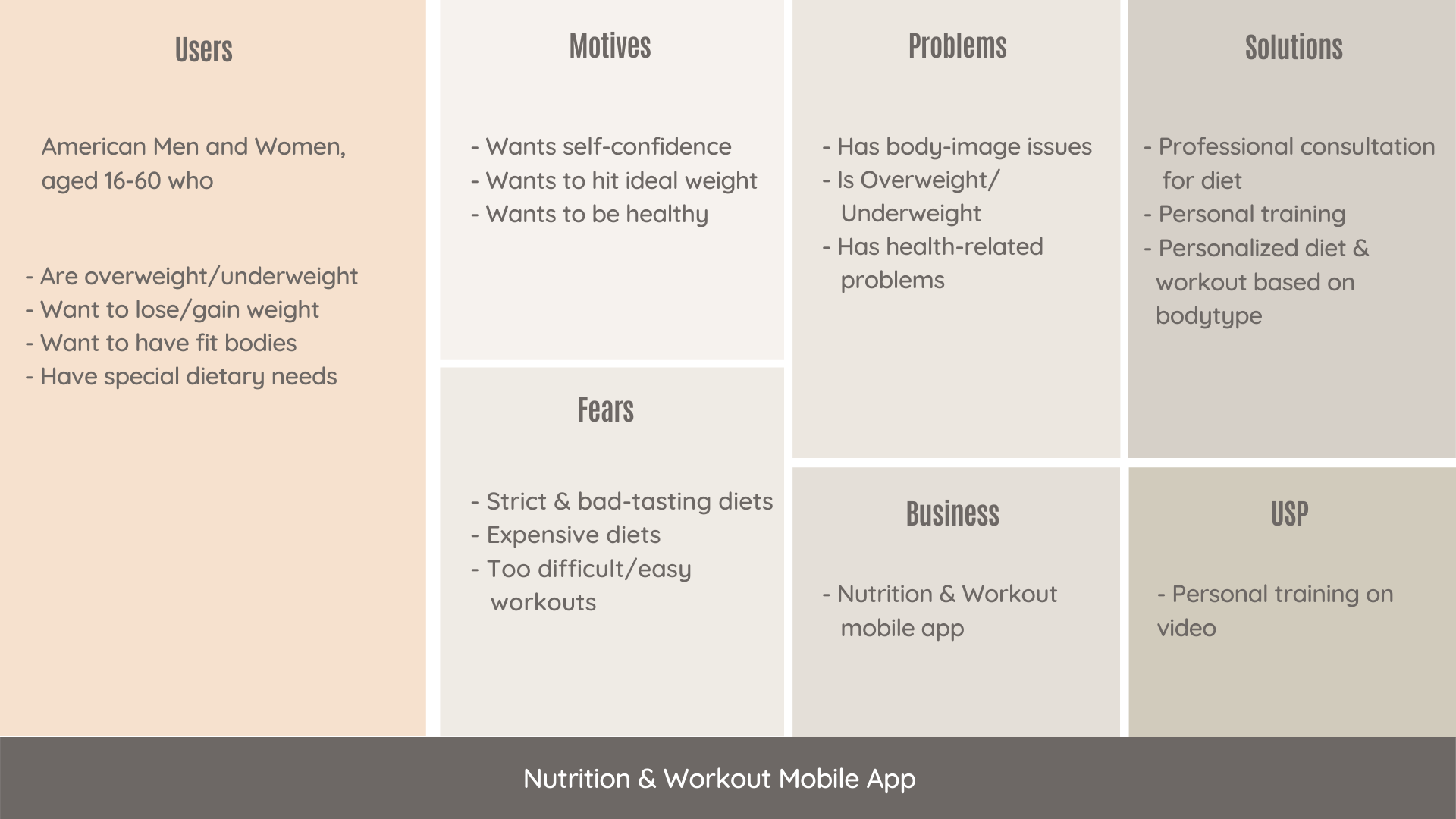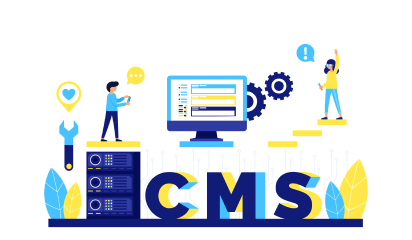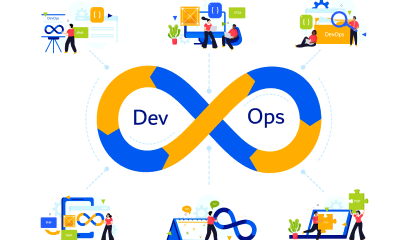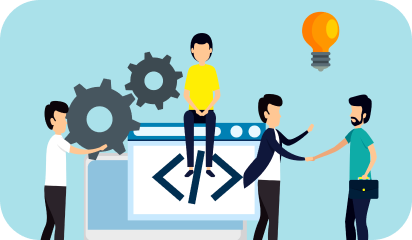The need for digital products and services is on the rise and will keep on going up. A good development partner can make the journey of digital transformation smooth for you. In this blog, you’ll discover how aligning the project expectations and organizational ethos is the key to finding the perfect development partner.
Project Alignment
There are four parameters within which you can achieve project alignment with your development partner. Those parameters are Budget, Technology, Timeline and Implementation, and Future state of the product.
Budget
First and foremost, the client and the vendor need to agree on a budget that the project requires. If a client thinks that it’s a $15000 gig vs the partner’s estimate of $30,000, then there is a misalignment of expectations. As a best practice, the client must disclose the budget from the very beginning.
If you don’t know how much your project should cost, a ballpark range would help set expectations right for the budgets and scale of the project.
Technology
Technological alignment is all about ensuring that your partners know what existing infrastructure you have in place and what compatible technologies they can utilize for your new project. For example, your application might be a better fit when built on React and deployed on AWS as determined by your IT team. Convey the same to your partner before starting your development.
Timeline & Implementation
Well-planned timelines with space for unavoidable setbacks can significantly reduce overheads. Understand and communicate your terms of timelines with your potential partner. Hard deadlines, desirable launch dates, and tolerance are important discussions to be had before you proceed. If you can’t get on the same page regarding timelines, consider it a red flag.
Besides timeline discussions, you will also need to align on the implementation part of the project. If you have limited and well-defined requirements along with a strictly allocated budget then a Waterfall shop is your best friend. On the other hand, if you’re treading into the unknown with dynamic requirements and a flexible budget then an Agile partner might be a better bet.
The Future State
A lot of development and handover depends on the future of your project. Answer questions like is it a launch and leave a one-off thing or a multi-year engagement? Will your in-house team take over or you’re going to seek further support for patches and new features?
Aligning on the future state of the product will ensure that you’re in a good position concerning your project in the future as well. As it’s difficult to find the right expertise and resources on short notice when something breaks down, deprecates, or needs to scale.
Organizational Alignment
In contrast to project alignment, organizational alignment is more interpersonal and can be pivotal for long-term relationships and success. When looking for a development partner you’d want them to be a perfect cultural fit for you. Apart from that, you’d also want them to share your values and ideology.
Organizational Alignment can be achieved across these segments: Core Values, Organizational maturity, People fit, Expertise, and Strengths
Core Values
These are the fundamental principles your organization swears by and essentially guides and influences all the decisions. Your potential partner need not be a perfect match for your organization’s values but complement them.
Organizational Maturity
The potential partner that you’re looking for should be at least on the same plane of your growth phase, if they’re way smaller or bigger than you then it’s going to be problematic. Take an early-stage startup’s example. If it approaches a well-established branding firm, there may be a mismatch in costs, approach, and perception of value.
You can identify the right level of maturity with how your potential partner approaches data security, the depth of engineering solution, and the complexity of the proposed solution—is it over or under-engineered? Alignment in these areas is a good sign of organizational maturity.
People Fit
In most of the engagements, the declaration of organizational alignment happens too early on when only the sales and procurement people have met. Whereas a partner should be declared fit only after your teams have met with the implementation team. After all, they are the ones who are going to be working together on the project, if they are not on the same page, it’s a red flag.
Expertise & Past Successes
Lastly, this goes without saying that expertise and past projects are influential for organizational alignment. Your potential partner should have relevant experience in your industry or another industry with similar scope. Go through their projects and judge if it’s on par with your standards.
While looking for the right development partner you might also have questions regarding offshore design/development and costs. Here are a couple of blogs to curb your doubts:
Moving Ahead
Let this alignment guide be a blueprint for you to make the right choice and not a pursuit of something perfect. In case there are some manageable gaps to fill, you can try the following solutions:
- Subcontracting technical requirements (In case of a technological gap)
- If your vendor fits all requirements but lacks relevant experience, we recommend that you give them an opportunity after a thorough risk analysis.
- Control for the future state – If you’re not on the same page concerning the future state of the software, you can rectify that through detailed requirements specification, repository access, code commenting, a handoff plan.
Some partnerships might be worth working for while some might feel like an outright misfit due to huge alignment gaps. Steer clear of those and keep looking for better options.
And when you’ve evaluated a potential partner on the project and organizational grounds and found them to be in alignment with almost everything mentioned here in this blog, then proceed with small engagements, and see if it is working for you.
Wrapping up
When looking for potential development partners, it’s natural to have multiple options. Having them evaluated based on the alignment principles mentioned here you’ll be able to choose partners that are motivated by mutual growth and success. Contact us for a free consultation of your technical requirements.
About Galaxy Weblinks
We specialize in delivering end-to-end software design & development services and have hands-on experience with mobile app and site design in agile development environments. Our designers, engineers, and developers help improve security, reliability and features to make sure your business application and IT structure scale and remain secure.

